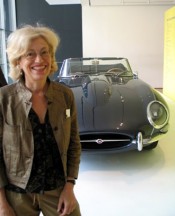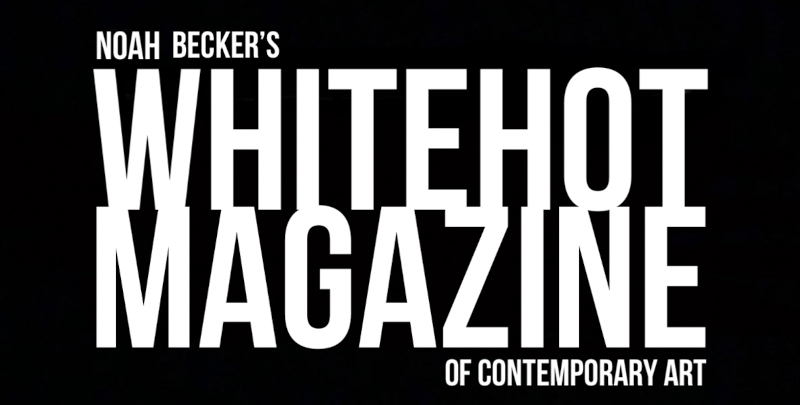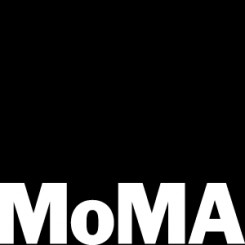October 2021
"The Best Art In The World"
"The Best Art In The World"
October 2021
Seeing the Future at The Armory Show
 Andrea Galvani © Study on Stellar Magnetic Field, 2021.
Andrea Galvani © Study on Stellar Magnetic Field, 2021.
By JAN GARDEN CASTRO, October 2021
The hunt for grand art was back at the newly spaced-out Covid 2021 edition of The Armory Show at The Javits Center. It was good to see art at all price points selling out and to see artists who creatively zeroed in on serious themes, including one that made me laugh out loud.
.jpg) Ranu Mukherjee, what we lose is all around us, 2021, Pigment, Cristalina, UV inkjet print and silk and cotton sari fabric on linen, 72 x 96 inches.
Ranu Mukherjee, what we lose is all around us, 2021, Pigment, Cristalina, UV inkjet print and silk and cotton sari fabric on linen, 72 x 96 inches.
Since this and the auxiliary shows were enormous, my focus will be a handful of international artists whose work is memorable, historic, and innovative. Ranu Mukherjee’s exhibit at Gallery Wendi Norris tops my list. By creating enticing and enigmatic hybrid worlds, Mukherjee ingeniously addresses climate change and species extinction. In some work, jade, ochre, scarlet, and fuchsia trees, plants, birds, animals, humans, and ghost outlines create dreamlike worlds. Mukherjee told me that her art titled What we lose is all around us “is about an imaginary forest that holds mangrove, bamboo, banyan, and kapok trees, all of which are sacred, ecologically-important plants. I think the things that we lose are right here in some form or another, whether it be physical or in our minds.” Mukherjee, a San Francisco-based artist, was signing her new book, Shadowtime, at a POW reception on Friday night. Her owls eye us with quizzical expressions as her outlines of humans overlap with abundant nature—to suggest that humans are not fully facing the huge challenges of disappearing species and ecosystems. Her rich and diverse materials include prints on silk sari fabrics with historical connections. Her processes, such as painting, printing, collage, mixed media, and film, weave in and out of her compositions to re-connect us to what’s important. Go to www.gallerywendinorris.com to buy Mukherjee’s book. Her actual art is large; for example, futurism, 2020, is 72 x 42 inches; it combines pigment, ink, Cristalina, UV inkjet print and silk and cotton sari fabric on linen. It foreshadows her next exhibition Dear Future, which opens at 18th Street Arts Center, Santa Monica, CA, in 2022.
Alison Saar at Tandem Press was my favorite well-known artist doing something new. Her Wrath of Topsy, 2021 (screen print on found cotton seed sacks with sewn edging and grommets, 18 ½ x 18 inches, edition of 30) shows righteous anger. Seven braids stand on end to form a star shape around a blue-black female face against a streaked off-white background; a wine-red frame and t-shirt complete the red, white, and blue composition. Just as Jasper Johns (who has just opened at the PMA and the Whitney) once symbolized American art using red, white, and blue, it’s past time to let black women symbolically take the stage as founders of America. Saar’s series of prints on found sacks at Tandem display anger at what women of color have endured and also pride in how much they have overcome. Saar addresses race head-on and emancipates her characters (www.tandempress.wisc.edu).
Saar and most artists below were in The Armory’s future as spectrum section refreshingly curated by Wassan Al-Khuhairi, Chief Curator at the Contemporary Art Museum, St. Louis. My pick from this group also includes Jeffrey Gibson at Tandem Press and at Kavi Gupta Gallery, Chicago (www.kavigupta.com); Andrea Galvani at Curro Gallery (www.galeriacurro.com); and Wendy Red Star at Sargeant’s Daughters (www.sargentsdaughters.com).
Jeffrey Gibson, based in Hudson, New York, is a member of the Chocktaw and Cherokee nations. His symbolic A Time for Change was at Tandem Press. At Kavi Gupta, his grid of decorative Native tropes, including a beaded, ghost-like black face with a yellow mask and a Native boy searching for something, seemed to be about the disappearance or loss of something. An Armory press release noted, “Gibson’s practice re-orients the place and status of Native art within contemporary culture, offering a unique representation of broader Indigenous and queer identities.”
 Wendy Red Star, A Float for the Future. Photo by Jan Castro.
Wendy Red Star, A Float for the Future. Photo by Jan Castro.
Wendy Red Star, at Sargent’s Daughters, had a standout show titled A Float for the Future, 2021. Her sold out portrait series of parade cars and images from past Crow Fair Parades and a wall-sized symbolic backdrop framed a small scale silver flatbed truck. The truck’s large Crow bonnet on its hood represents the culture-keeper of Red Star’s Apsáalooke community in Portland, OR. The installation celebrates the originality and rituals of her Native heritage. Red Star has also created Native American versions of classic Pendelton suits. She has exhibited widely and is in permanent collections, including The Metropolitan Museum, New York City, and Fondation Cartier pour l’Art Contemporain, Paris.
 Andrea Galvani © Study on Leptoquark, 2021.
Andrea Galvani © Study on Leptoquark, 2021.
Andrea Galvani’s neon sculpture series at Curro was titled The Totality of Electromagnetic Phenomena [Maxwell’s Equations], 2019. A forest of math equations and scientific graphs, such as one showing wind currents, was notable for its eloquent shapes of known phenomena. In addition to its striking aesthetic qualities, the installation is a collaboration with scientists and mathematicians from the Max Planck Institute for Physics in Munich and La Sapienza Università di Roma. Galvani is based in New York and Mexico and the gallery is in Verona, Italy. Galvani’s many professional credits include exhibits at the Whitney Museum and the 4th Moscow Biennial for Contemporary Art.
My standout favorite laugh was a ceramic winged Sphinx with big pink breasts and gold nipples. To me, this mythic woman-lion sticking out her boobs and butt and tail (tale) speaks to all women and genders more genuinely than an Academy Awards A-Lister showing off her real or fake cleavage. Sadly, I was so amused that I missed noting the basics, including the names of the artist, work, and gallery; please send me any leads on this one.
Even though I enjoyed the blur of seeing so many art works in one location—most being work by artists I knew well—I was happy to have found artists and work that was both unfamiliar to me and memorable. My reason for including Saar, a favorite, is that she exemplifies the highest level of an artist facing American history as she leads the charge toward America’s future. WM

Jan Garden Castro
Jan Garden Castro (www.jancastro.com) is author/editor of six books, including The Art & Life of Georgia O’Keeffe, Contributing Editor for Sculpture Magazine, and contributor for American Book Review.
view all articles from this author






